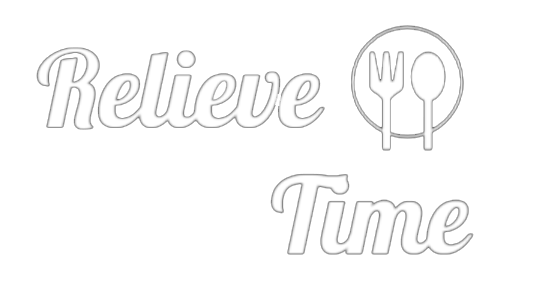3 Things to Know About Dry Bartenders
Bartending is one of the few jobs where having alcohol is acceptable.
Yet, more and more barkeepers are avoiding liquor. Dry bartenders—not to be confused with those who work at dry hire mobile bars or those who mix and serve nonalcoholic cocktails—love the business but have different motivations for saying no to intoxicants. These three facts explain why.
1. Some Abstain for Religious or Legal Reasons
Certain faiths disallow alcohol consumption. Mormonism is an excellent example. In Utah, the most Mormon American state, it’s illegal to consume alcohol on duty.
The Utah Department of Alcoholic Beverage Services regulates the amount of liquor and flavoring allowed per drink. Bartenders follow these parameters closely, sometimes mixing drinks without sampling them for quality control.
Employees of bars, nightclubs, casinos and hotels in less strict areas may be unfamiliar with this prohibition. Utah has recently legalized straw testing for on-premise servers only when preparing craft cocktails. Bartenders in Utah must complete and pass an approved Alcohol Server Training session every three years to stay updated with relevant laws.
2. Some Choose Not to Drink as a Lifestyle Choice
Many dry bartenders are sober curious. Dry January and other initiatives that promote sobriety inspire people to reflect on the long-term health effects of drinking, like alcohol dependence.
This idea may resonate more with younger people who tend to binge-drink more than others. According to the 2023 Substance Abuse and Mental Health Services Administration annual report, 28.7% of 18 to 25-year-olds reported engaging in binge drinking in the previous month.
Bartenders have quick access and constant exposure to alcohol. Pursuing a sober lifestyle can lead to positive health changes, such as better sleep, reduced anxiety, weight loss, enhanced mental clarity, clearer skin and improved mood.
Enjoying the sober curious lifestyle doesn’t mean abstaining from alcohol consumption altogether. You may feel comfortable drinking less frequently and scaling down by choosing beverages with lower alcohol content.
3. Some Don’t Drink Due to Company Policy
Some bartenders are dry because of policies in the establishment where they work. Management of some watering holes may advise servers to taste-test only a percentage of their cocktails.
The sustainability movement has prompted some establishments to forgo straw testing. Socially conscious bars ditch plastic straws, which account for 8 million tons of new marine litter yearly.
Many bar managers are reluctant to switch to paper straws because of the operating expenses. They also hesitate to adopt reusable straws since they require washing after each use. Spoon tasting is an option, but it can be sloppy.
Bartending professionals in eco-friendly establishments use nontaste metrics to uphold quality standards. Many may rely exclusively on temperature, color and fill line to evaluate cocktails before serving them.
Do You Want to Be a Dry Bartender?
Consuming zero alcohol as a bartender can be challenging given the work environment. However, sobriety is attainable without changing occupations, and the growing number of dry bartenders proves that it’s more doable than you may think.
The Balanced Bartender with Mia Barnes
Crafting the perfect cocktail is an art, but true mastery lies in balance—not just of flavors, but of creativity, precision, and passion. In a profession where long hours and high-energy are the norm, maintaining balance both behind the bar and in life is essential. The Balanced Bartender will help guide bartenders toward a healthier, more balanced lifestyle. Stay in tune with your mind, body, and spirit.
The post 3 Things to Know About Dry Bartenders appeared first on Chilled Magazine.
